What is Big Data – A Complete Introduction
Now Big Data is becoming a very popular term in the technology field. Big Data is used as a source of information in making various important decisions. Although it plays an important role, there are still many people who are confused about the definition of what is Big Data.
In the age of digital technology, many things require data as the main reference. Although the concept of big data may not be very familiar to the ear, in fact it plays many important roles in almost all activities.
In our daily life, we use available information and data for personal gain. In the business sphere, the amount of information needed to make the best decisions is enormous. This large collection of information is also known as big data.
Table of Contents
- What is Big Data?
- A Brief History of Big Data
- Big Data Characteristics
- How Big Data Works
- Big Data Functions in General
- Examples of Big Data in Daily Life
- Conclusion
What is Big Data?
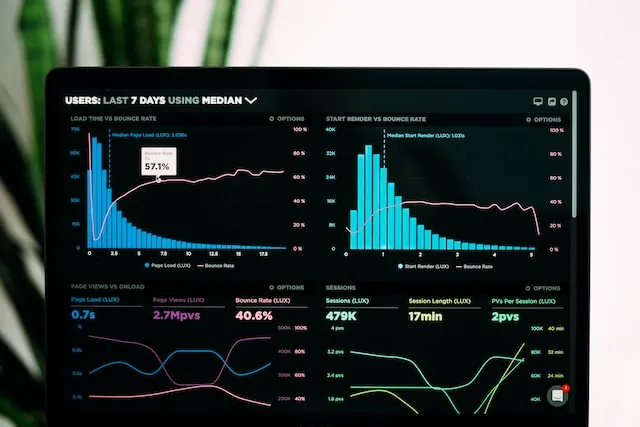
Before discussing further about what is Big Data, you first need to know the definition of big data. The goal is that you can get more complete and detailed information about big data.
Big data is a larger and more complex collection of data, especially from new data sources. These data sets are so large that traditional data processing software cannot manage them. Therefore, you will need newer and more modern data management tools.
Using that vast amount of data you can use it to solve business problems that were previously insurmountable. Because Big data can be a more qualified reference source in an effort to make better decisions.
Big data can be regarded as a concept about the human ability to collect, analyze, and understand the sizable amount of data that comes in every day. Therefore, Big Data plays a very important role in various sectors of life.
Why is Big Data Important?
Now that you know what big data is, you also need to know why big data is important. Big data is one of the most in-demand niches in enterprise software development and complement today.
The world of technology is changing very rapidly and rapidly, so big data is a solution in the automation and development of AI (Artificial Intelligence) technology. Because the development of artificial intelligence will use Big Data as one of the basic sources.
Read: What is Augmented Reality – A Complete Guide
Google and other top-tier companies are already using machine learning processes to get more precision in delivering services. As technology around the world becomes more synchronous and interoperable, big data will become the core that connects everything.
The presence of Big Data has changed the order of digital technology in a more positive direction. The amount of data and information that can be obtained from the internet will open more opportunities and opportunities for new potential in the future.
A Brief History of Big Data
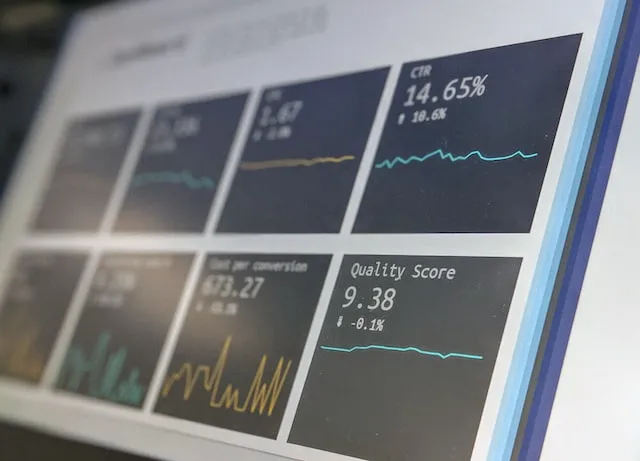
After reading about what is Big Data, you also need to know a brief history of its development. Although it is a new thing in the digital world, the development of big data is quite rapid and also significant.
Around 2005, people began to realize that there is a lot of user-generated data through Facebook, YouTube, and other online services. Then in the same year, an open-source software was developed to collect and analyze data which became known as Hadoop.
It’s not just Hadoop that is growing in popularity and its use for collecting and analyzing data. Other software such as NoSQL also started to gain popularity during this time.
Read: What is SQL Injection: Definition and How to Solve It
The development of open-source software for data, such as Hadoop (and more recently, Spark) has played an important role in data growth because they make big data easier to use and cheaper to store.
In the years since then, the volume of data has continued to increase. Users are still generating huge amounts of data — but it’s not just humans doing it. Therefore, many human activities and interests can be mapped for various purposes.
With the advent of the Internet of Things (IoT), more objects and devices are connected to the internet. Manufacturers also collect data on customer usage patterns and product performance. The advent of machine learning has also resulted in more data.
Big Data Characteristics
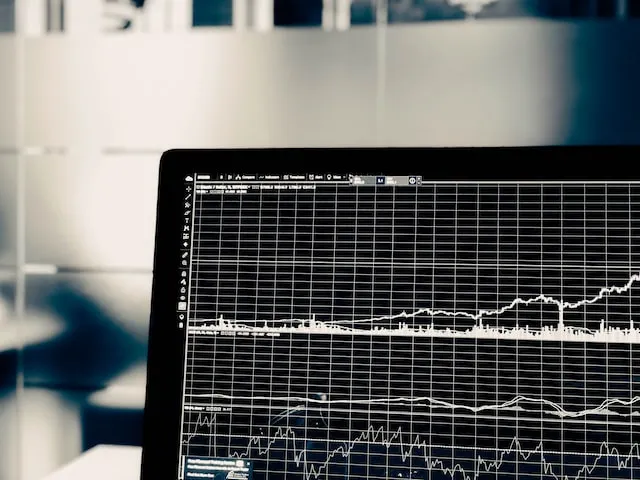
As previously stated, Big Data is a collection of large and complex data. In addition, Big Data also has its own characteristics that distinguish it from other data.
As additional information, here are some characteristics of big data that you need to know:
1. Volume
One of the characteristics that Big Data has is Volume. In general, Big Data has a very large volume of data. In fact, it is much larger than the traditional data sets that humans have had.
In this era of industrial revolution 4.0, you can see exponential growth in data storage because data is now more than just text data. You will find data in video, music, and large image formats on social media and various other internet sites.
Read: Web Application Firewall (WAF): Definition and Its Functions
Currently, having Terabytes and Petabytes on a storage system in an enterprise is considered normal. As databases grow, the applications and architectures built to support the data need to be re-evaluated.
The huge volume of data size makes the use of software and traditional analytical methods unusable. Therefore, it takes the latest analytical methods and also more capable software to process Big Data that has a very large volume.
2. Velocity
The next characteristic that Big Data also has is Velocity. The growth of data and the popularity of social media have changed the way we view data. News and radio channels allow you to receive news more quickly.
Now, people are competing to reply to a post on social media to update it with current events. In essence, data regulation is now almost real time and the update time span has been reduced to a fraction of a second.
The speed of data flow is quite large, making it one of the characteristics of Big Data. In addition to having a large volume, big data generally also has a high velocity which makes data growth even bigger.
3. Variety
The next characteristic of Big Data is variety. Big data generally has a very high level of variation in data types. That is, the collection of data is not only in the form of one type or format.
Data can now be saved in various formats. For example database, excel, csv, access or other simple text files. However, sometimes you need data that is not available in traditional formats, for example in the form of video, SMS, pdf or something you may not have thought of.
Big data consists of various types of data in it. The complex variety makes the big data analysis process more difficult and cannot use traditional analytical models. So big data needs to be treated differently.
4. Value
The next characteristic of Big Data is Value. That is, big data has a high value if it is processed in the right way or it can also be called a very meaningful data. So the process of data analysis becomes an important thing to consider.
Read: What is Artificial Intelligence? The Following are Definitions and Examples
A simple example is the employee bio of an e-commerce company may not be of value for the benefit of predictive analysis of sales to consumers. But the data can be valuable in other sectors if analyzed and placed in the right direction.
5. Veracity
The last characteristic of big data is veracity. Big Data has vulnerabilities in terms of accuracy and validity so it requires depth to analyze it in order to produce the right decisions.
Therefore, there are now more and more methods and tools that can be used for big data analysis. The development of these analytical tools and methods aims to improve the accuracy of the data analysis results in accordance with their interests or objectives.
How Big Data Works
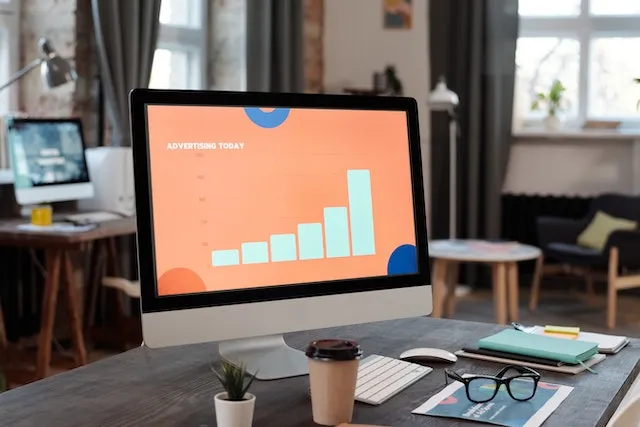
Although it looks simple, big data has a fairly complex concept. In general, the big data concept as a whole consists of data integration, management, and analysis. For your information, here are the complete concepts of big data that you need to know.
1. Data Integration
The first concept of big data is integration. In general, Big data brings together data from many different sources and applications. Traditional data integration mechanisms, such as ETL (extract, transform, and load) are no longer relevant when applied to the big data concept.
Big data which has a more complex and complicated concept of course requires a different handling process. You will need new strategies and technologies to analyze big data at a terabyte, or even petabyte, scale.
During the integration, you need to enter the data, process it, and ensure that the format is available in the form required for your business analyst. When the data is available in an appropriate format, the analysis process can be carried out more optimally. So you can get a more precise insight according to the available information data.
2. Data Management
As explained in the previous discussion of what is big data, big data has a large volume and capacity. Big data requires storage space that can store data in any form.
With big data, you can do the processing the way you want. Many people choose big data storage solutions like Cloud. Because cloud-based storage is considered more secure, practical, and also easily accessible by many people as needed.
Read: What is the Internet of Things, its Elements and Benefits?
Cloud is gradually gaining popularity as it supports your current computing requirements and allows you to use features as needed. Therefore, it is natural that data storage in physical form such as hard drives is starting to be abandoned.
3. Data Analysis
The next big data concept is data analysis. A large number of raw and irregular data sets will certainly not have any meaning. You will not be able to get important information from the raw data set that has been obtained.
The practical value of big data becomes meaningful when you are able to analyze and act on that data. Because that’s where you’ll get new clarity with visual analysis of multiple data sets. Furthermore, the information will be used for various purposes according to the purpose of the analysis carried out.
You can explore the data deeper to make new discoveries and share those findings with others. Later you can also build data models with machine learning and artificial intelligence. So that the use of big data can be maximized.
Big Data Functions in General

After reading about what is big data, you also need to know about its functions. The purpose of this is to be able to get information and a more complete understanding of big data and the information in it.
For your information, here are some general big data functions that you need to know:
1. Help Make Decisions More Appropriate
One of the main functions of Big Data is that it can be used to help make decisions more precisely. After getting a collection of big data, you can then analyze the data that has been obtained.
The decision-making process based on data will certainly make decisions more accurate and precise. Because decisions based on data-driven will be able to be accounted for more maximally.
Read: What is a Hub: Definition, Types, and How They Work
Currently big data is often used for intelligent technology systems such as IoT (internet of things) and AI (artificial intelligence), where the task is to provide and store data/information needed in the development of a product.
2. Encouraging Innovation
The next function that can be obtained from the use of big data is to encourage innovation. Big data can help you innovate by studying the relationships between people, institutions, entities, and so on.
Then you can define new ways to use the new knowledge. Later you can use data insights to improve decisions about financial considerations and planning.
Pay attention to trends and what customers want in these new products and services. Big companies like Netflix and Procter & Gamble use data to anticipate customer needs.
They use data by seeing how their customers use the products they have. This will make product development innovations directed and in accordance with consumer needs.
3. Detecting Anomalies in Business Structure
The next function of Big Data is that it can be used to detect anomalies in certain business structures. Big data can be used to detect forms or processes of activities that deviate and stop due to technical and non-technical errors.
In addition, big data can also be used to plan several options to overcome these anomalies more quickly and precisely to help the company’s business activities. So that the abnormal processes in the company can be handled properly.
4. Find the Cause of a Problem in Real Time
Big data can be used to find the cause of problems in real time. The use of big data can also minimize failures. After analyzing it, the analysis results can be displayed directly or in real time.
As previously stated, big data contains many types of information and data. When the analysis is done properly, then you can find problems and also solutions that can be used to overcome these problems.
Examples of Big Data in Daily Life
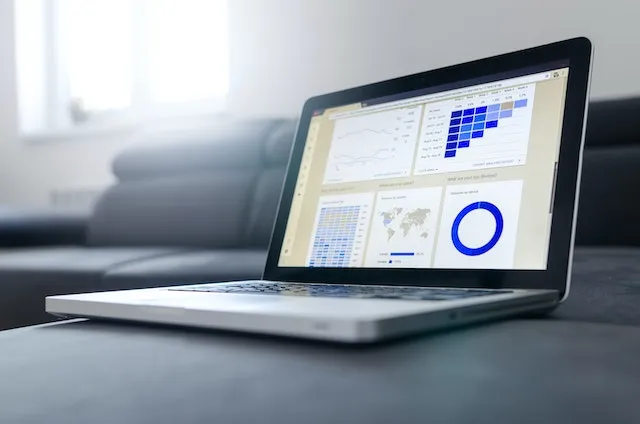
After reading about what is big data, you also need to know about examples of using Big Data. The following are some things that can be considered as the implementation or use of big data in general:
1. Big Data on Social Media
One example of Big Data that you need to know is data from social media. Today, social media has become a part of human life. In fact, social media has become an inseparable part of life.
Read: What is Brute Force Attack – Everything You Need to Know
Update status or photos and share them on social media is part of the data. Not only that, you can also get data about what we are looking for, our contacts, habits, to our biodata from social media.
2. Smartphone Usage
Nowadays almost everyone has a smartphone device. These smartphone devices have a very large amount of data. Smartphones keep records of sms, chat and even calls that you make.
In addition, applications on mobile phones also record data for various purposes. For example, GPS will collect data related to your location. This makes smart phones one of the important tools that can be used for big data collection.
3. Smart Devices
Technological developments have spawned a number of new technologies that can be used to maximize human productivity. This includes the use of smart devices. Now there are many smart devices that you can use.
For example, smart TVs, smart cars, smart fridges that can manage their own needs. All of these items will store data, such as smart fridges that regulate temperatures with low power consumption so that manufacturers can improve their services and offer the best technology for you.
Conclusion
Although it is a fairly new field, Big Data plays a very important role in human life. Big data can be a source of information and a reference that can be used for various purposes.
In summary, Big data is a larger and more complex collection of data, especially from new data sources. In addition to its large size, usually the data growth rate is very high so that traditional analytical methods can no longer be used optimally.
As one of the important components in technology development, Big Data has many functions. Starting from as a means for making decisions, determining effective company operations, to being the basis for innovation.
There are many sources of big data. Starting from the internet, smartphones, smart devices, and so on. Each source can of course produce different data formats so that appropriate analytical methods are needed in processing them.
In general, big data has distinctive characteristics that can be expressed in 5V. The characteristics of big data are volume, velocity, variety, value, and veracity. In addition, the big data concept consists of three different phases, namely integration, data management, and data analysis to obtain the required information.
That’s a complete discussion of what is big data that you need to know. Now that you know the discussion, hopefully you can get more complete information regarding the definition of big data, its functions, and also the characteristics it has.
